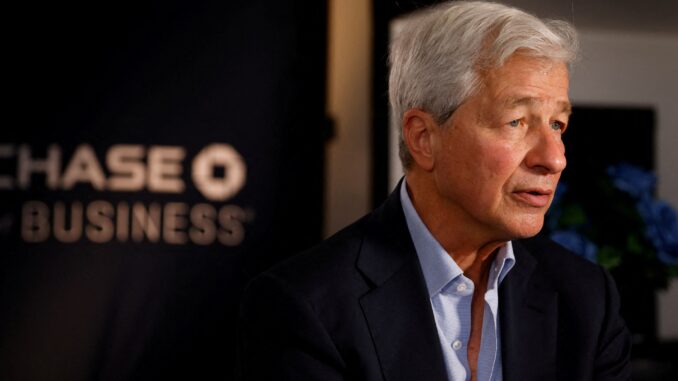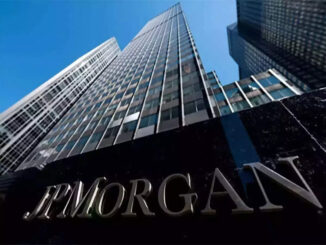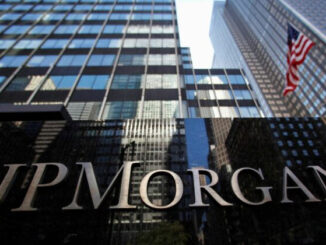
Robust economic growth propelled earnings at the nation’s largest banks, but their executives warned the good times may be coming to an end.
together reported more than $22 billion in profits in the third quarter, up by more than a third from the year-earlier period. Combined revenue of $81 billion rose 14%.
After topping analyst expectations, JPMorgan shares rose 1.5% Friday while Wells Fargo rose 3.1% and Citigroup fell 0.2%. All three outperformed the S&P 500, which slid 0.5%.
Higher interest rates are making their loans more profitable, and consumers and the economy remain surprisingly strong even in the face of the Federal Reserve’s rate increases.
But more loans are going bad after what had been record-low losses. American consumers are starting to deplete coffers of extra cash they built up during the pandemic. Fighting in the Middle East, the continuing war in Ukraine and rising government deficits are adding to the uncertainty.
“This may be the most dangerous time the world has seen in decades,” JPMorgan Chief Executive Officer Jamie Dimon said.
“All of these macro dynamics have clearly impacted client sentiment,” Citigroup CEO Jane Fraser said. “September is always a busy month seeing clients, and I’m struck how consistently CEOs are less optimistic about 2024 than a few months ago.”
Still, bankers have been warning of a looming economic slowdown for much of the year. They admit it hasn’t come yet.
Third-quarter profit was driven primarily by a continued rise in interest income, with yields on long-term bonds recently pushing to the highest point since 2007. Wells Fargo and JPMorgan both said they expect net interest income to grow by more than previously expected in 2023.
The banks have been able to raise the rates they charge on loans faster than they increase their payouts on deposits. But deposit costs are starting to catch up. JPMorgan is paying 2.53% on its interest-bearing deposits, versus 0.73% a year ago. Wells Fargo and Citi are also paying sharply higher deposit rates.
For the biggest players, paying more on deposits isn’t crippling but does pressure profitability. Things could look worse for smaller and less-diversified banks, many of which start reporting results next week.
John Ingram, chief investment officer of Crestwood Advisors, said Friday’s round of big- bank earnings suggests a still-resilient economy. He said credit has been remarkably stable despite the sharp interest-rate increases—a welcome surprise to many investors.
Ingram noted the proposed new regulations that would require banks to hold more capital. Banks have been pushing back. “That’s a huge tax on your business going forward, and I wouldn’t say the street is pricing in those requirements,” he said.
On Wall Street, the quarter saw declines in stock trading and a lack of big deals, but a late rise in initial public offerings had executives hoping for a brighter future. JPMorgan’s trading and investment banking revenue both slipped, while Citigroup sported gains in both.
More loans started to go bad in the third quarter. Net charge-offs roughly doubled at all three banks from a year earlier, though they remained a small proportion of overall lending.
Wells Fargo CEO Charlie Scharf said that high rates have helped weaken demand for commercial and consumer loans.
Mortgage originations slid 9% from a year earlier at JPMorgan and 17% at Citigroup. At Wells Fargo, which said it would substantially shrink its mortgage business this year, originations dropped 70%.
Wells Fargo also saw rising charge-offs in its commercial real-estate portfolio. The bank set aside additional rainy-day funds to cover potential future losses, largely on loans tied to office buildings and credit cards.



